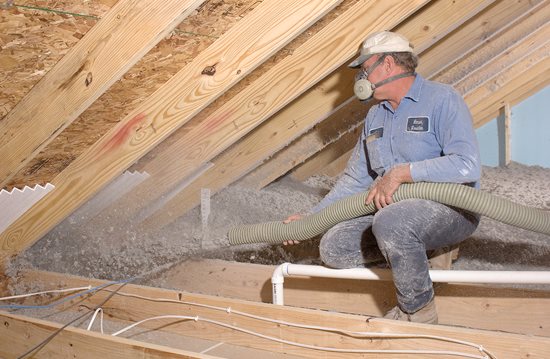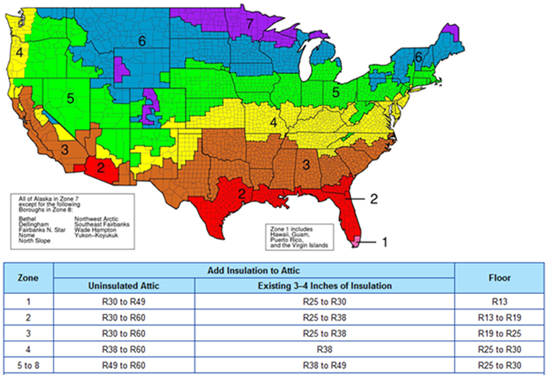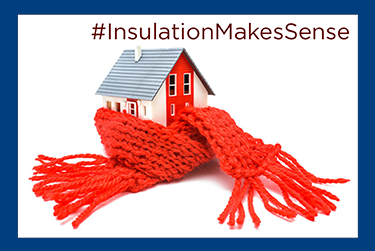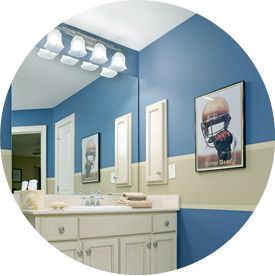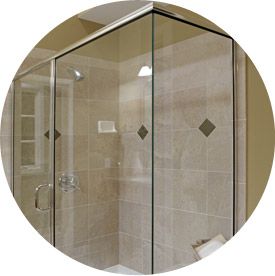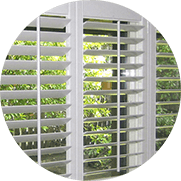- 2738 North Hayden Island Dr, Portland, OR 97217
- |Contact Us
Attic Insulation Installation in Portland, OR
When you need to insulate your home, we recommend starting with an area that’s a significant source of energy loss in many homes: the attic.
If you live in northwestern Oregon or the Vancouver, WA, area, make the team at Installed Building Products Portland your first call. Our professionals offer different insulation materials to help make your attic (and entire home) as energy-efficient as possible.
Get a quote on attic insulation in Portland by calling 503-894-7661 today.
Benefits of Installing Attic Insulation
As an area prone to energy loss, the attic is a good place to start when insulating your home. If your attic doesn’t have enough insulation, you can lose a lot of energy, which can mean higher monthly utility bills.
Installing attic or loft insulation helps:
- Maximize energy efficiency and reduce your energy bills
- Make your home a more comfortable space
- Improve the efficiency of your air conditioner
- Reduce noises on different levels inside (especially useful if your attic is a living space)
- Contribute to a healthier environment in your home
Types of Insulation We Install in Homes
There’s no “right” type of insulation specifically for attics — different types of insulation have different advantages.
We install a variety of insulation materials, including:
- Fiberglass: This type is made of tiny glass fibers and is often installed in attics but can be used to insulate walls and crawl spaces as well.
- Loose-fill: Loose-fill (blown-in fiberglass or cellulose) and batt insulation are typically installed in an attic.
- Blown-in: Blown-in fiberglass insulation is very effective at stopping heat transfer.
- Cellulose: Cellulose insulation has similar qualities to fiberglass and is environmentally friendly.
- Spray foam: Spray foam insulation is superior at filling small cracks and holes and covering uneven spacing between floor joists and around wiring, piping and ductwork.
How Much Insulation Should I Install in My Attic?
In the Portland area, we’re in zone 4. When there’s no existing insulation, the ideal R-value is R38–R60. According to the U.S. Department of Energy, insulation should be installed:
- Between and over the floor joists in unfinished attics (so the living space below is sealed off)
- In the attic access door
- Between knee wall studs
- Between the studs and rafters of exterior walls and the roof
- In ceilings with cold spaces above
Loose-fill (blown-in fiberglass or cellulose) and batt insulation are typically installed in an attic. Although not as common, spray foam can also be installed in this space. If the ducts in your home are in unconditioned space, such as the attic, seal and insulate them to maximize energy efficiency.
Not sure which insulation to install? Don’t worry. Our team can assess your space and help you determine the right solution for your attic.
To learn more about our attic insulation in Portland, contact our team today.
Contact Us for Attic Insulation in Portland, OR
If you need more insulation for your home in northwestern Oregon, IBP Portland is a great name to know.
Our residential insulation team adds energy efficiency to new home attics and helps improve existing spaces with re-insulation (retrofit) services. We offer the knowledge, experience and resources few companies in Greater Portland can match.
Whatever type of insulation you need for your attic, you can rely on IBP Portland for on-time, affordable installation. And all work is done by our highly skilled professionals.
Call 503-894-7661 to schedule attic insulation in Portland.

